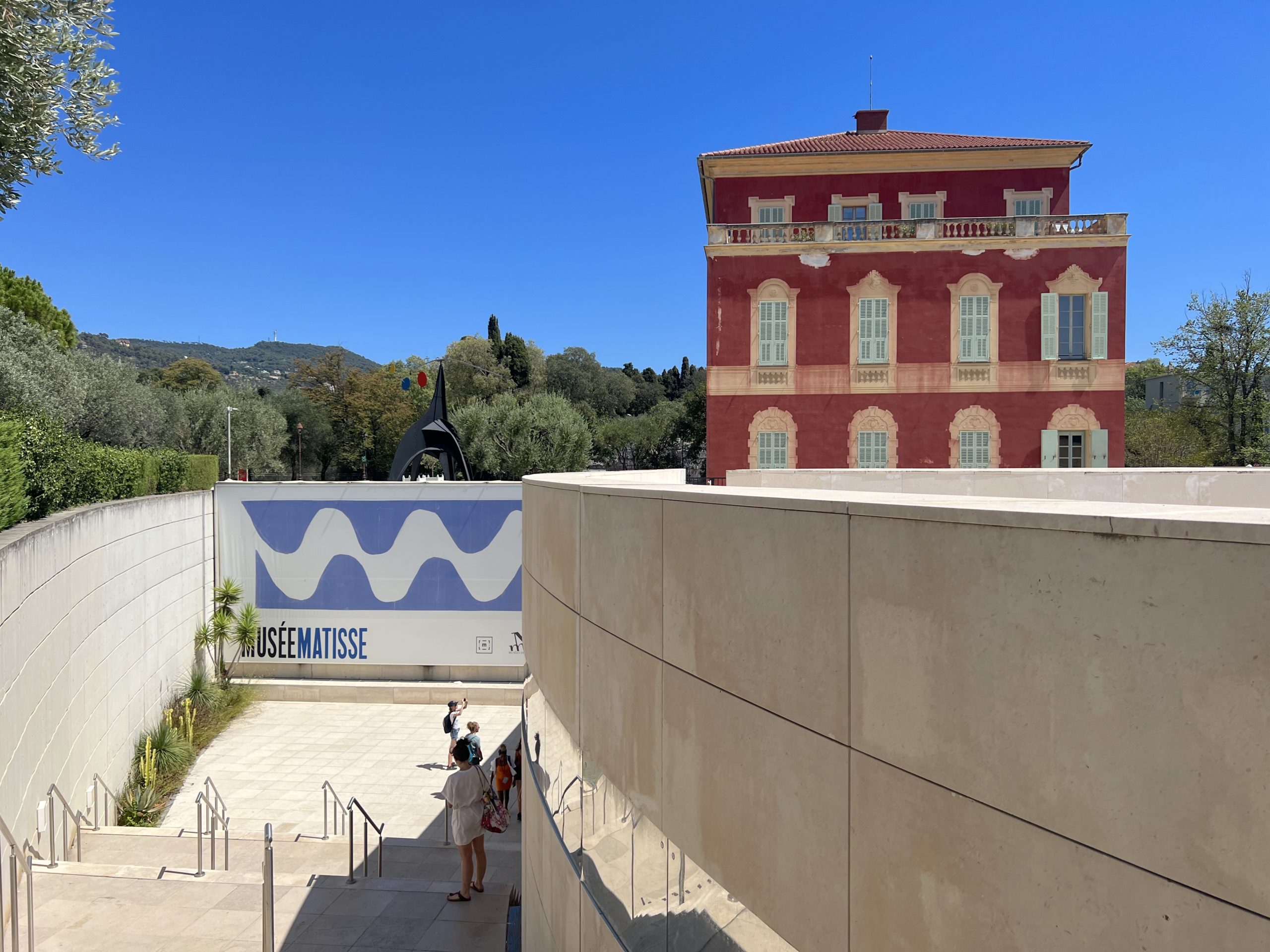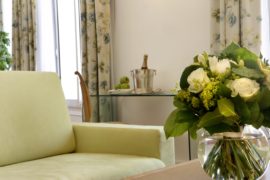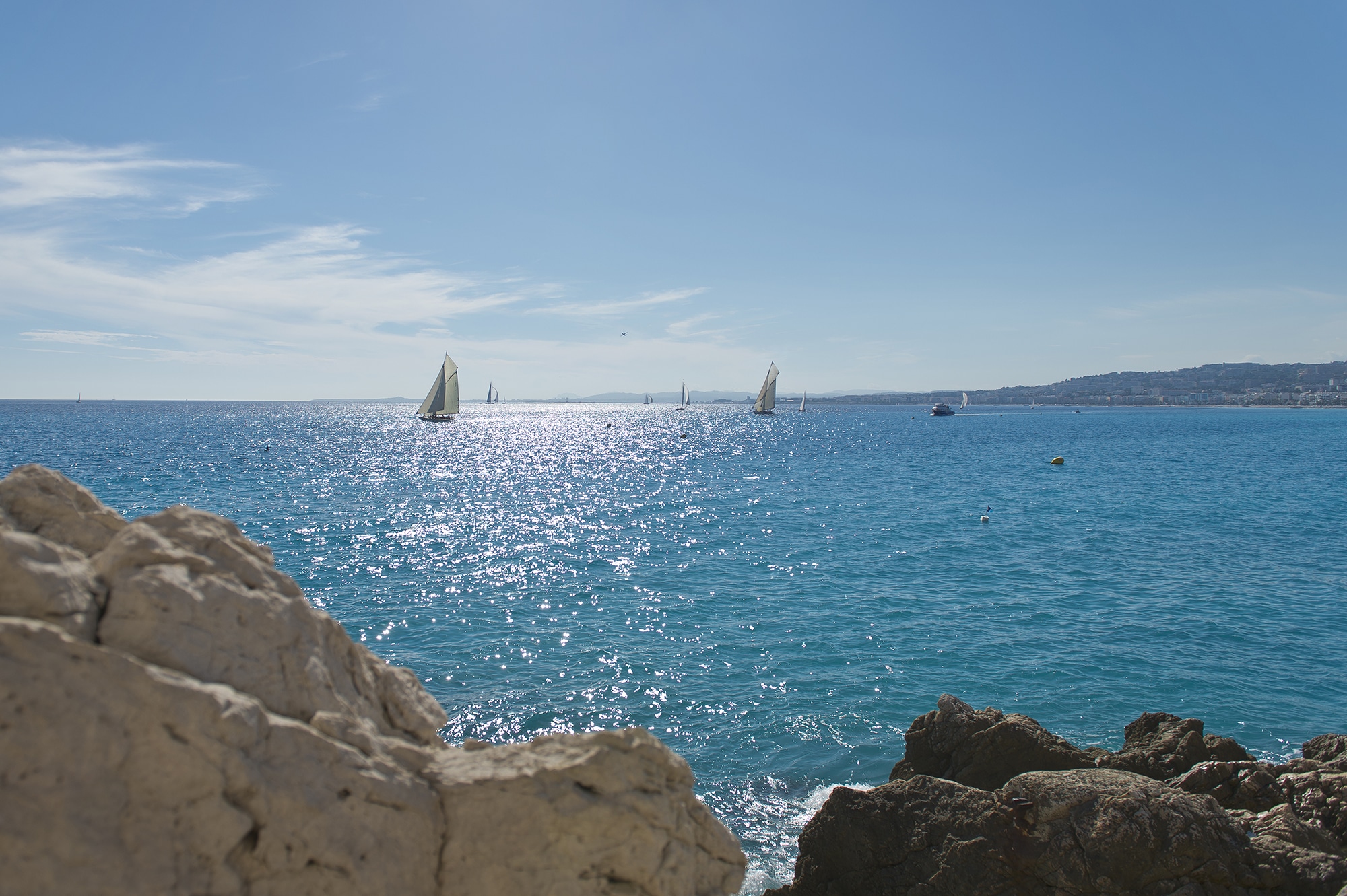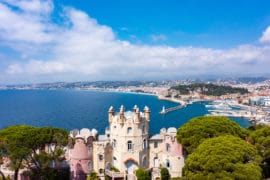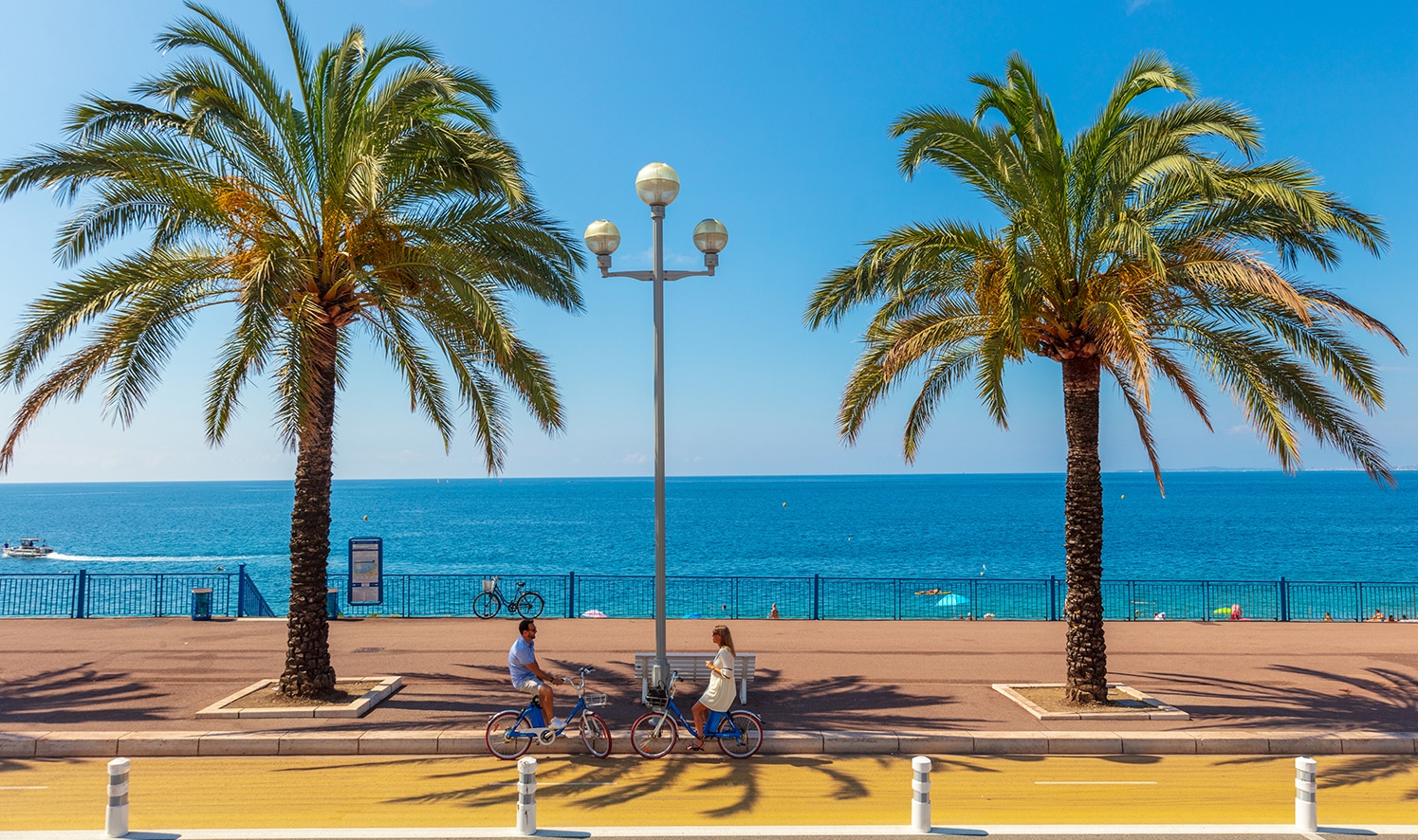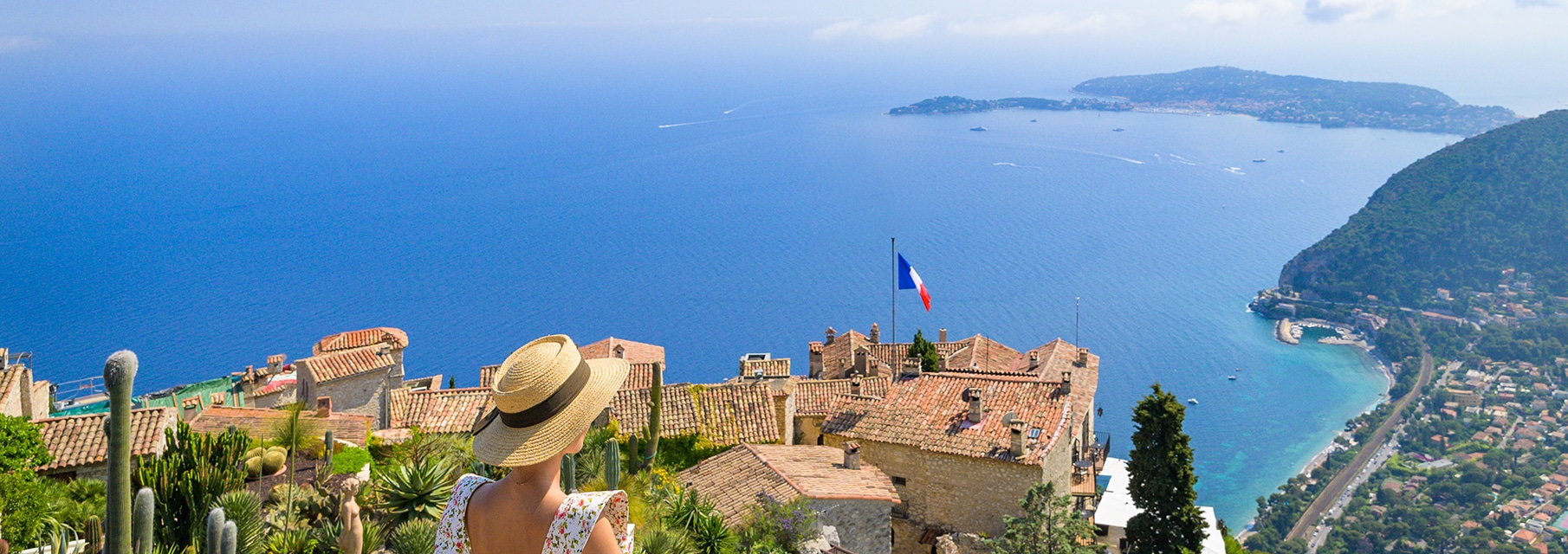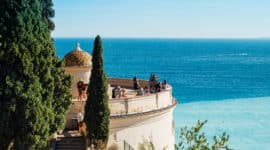In the footsteps of Henri Matisse
20 April 2023
From Nice, where he stayed for 27 years, to Cagnes-sur-Mer, where he met Renoir, to his retirement in Vence during the war, Henri Matisse left his polychrome and lasting imprint on this region that he so cherished.
When I realised that every morning I would see that light again, I could not believe my happiness. I decided not to leave Nice, and I stayed there practically all my life.
Henri Matisse (31 December 1869 in Cateau-Cambrésis – 3 November 1954 in Nice)
Henri Matisse had a love affair with Nice Côte d’Azur for 37 years. When the painter discovered Nice in 1917, at the age of 48, the light and the reflections of the Mediterranean Sea aroused an unparalleled emotion and passion in him. The artist came to Nice to treat a bad case of bronchitis and lived there for the rest of his life.
In Nice, first contact with the South
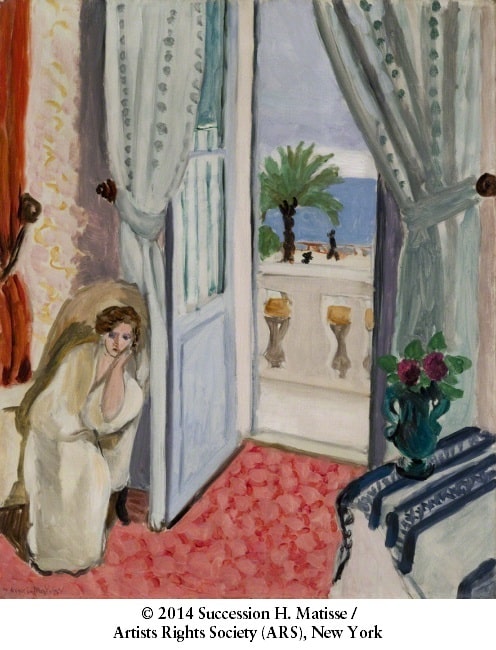
Places to live
It was in Nice, at the Hotel Beau Rivage, that the painter began his first stay in the South in December 1917. From his narrow and quite ordinary room, a window open to the sea, Matisse painted his first “Nice interiors”.
Now a century old, the Beau Rivage Hotel is a 4-star establishment ideally located between the sea, the old town and the centre. It has a private beach and 114 rooms with a chic and contemporary decoration designed by the architect Jean-Michel Wilmotte. The hotel offers a package that combines hotel accommodation and a visit to the museum, with the possibility of organising personalised visits. Please contact the museum directly for more information.
Then, in search of a studio, Matisse rented a flat at 105 Quai des États-Unis.
There he painted “The Violinist at the Window” (spring 1918).
In 1921, the artist moved into a flat at the end of the lively Cours Saleya, in Old Nice (Palais Caïs de Pierlas – 1 Place Charles Félix), first on the 3rd floor and then on the 4th. With a balcony overlooking the sea, he painted still lifes, interiors, nudes and Odalisques, characterising his “Nice period”. Matisse also liked to frequent the port area of Nice. In 1927 he joined the Club Nautique de Nice and practised rowing assiduously.
In 1938, Matisse bought a vast flat in the bourgeois district of Cimiez, in the former hotel built to accommodate Queen Victoria at the end of the 19th century. On the walls of his spacious dwelling, the artist displayed his large compositions in gouache paper cut-outs. He also created those that decorate the chapel of the Dominicans in Vence (see below).
Today, the former Regina Hotel is a private residential building. It is classified as a historical monument.
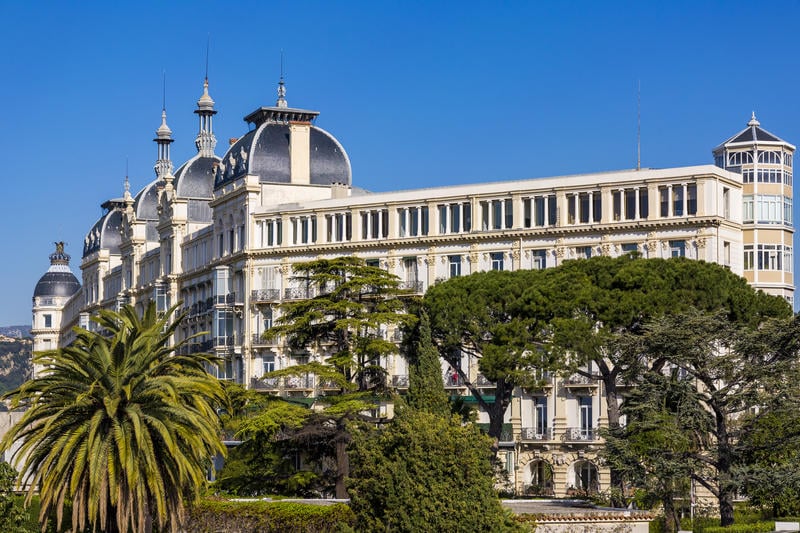
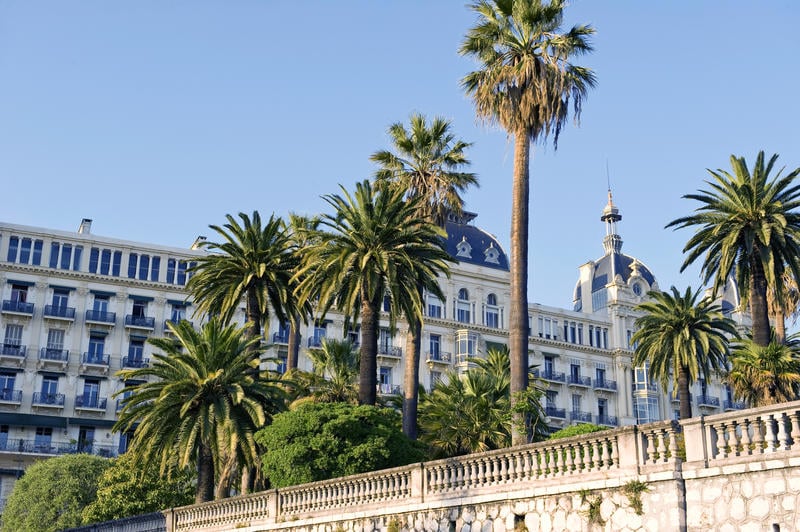
In 1943, faced with the threat of the German occupation, Matisse left Nice to settle in Vence. He returned to the Régina in 1948. Matisse died at home on 3 November 1954. He is now buried in the nearby cemetery of the Monastère de Cimiez.
A museum entirely dedicated to the artist and his works
Installed since 1963 on the heights of Nice, the Matisse Museum is within the walls of the Villa des Arènes. Its red ochre facade and its 17th century Genoese style are masterfully integrated in the middle of the olive grove of the Cimiez Arena Park.
Entirely devoted to the artist, the collection includes 31 paintings, 454 drawings and engravings, 38 gouache cut-outs and 57 sculptures, covering all the periods of the Master’s production, as well as more than 400 gouache cut-outs and personal objects. Visiting the Matisse Museum is thus to have the privilege of penetrating into the intimacy of his artistic creation. The interest of the collection lies in the panorama it offers, from the first paintings of 1890 to the gouache papers of the end of Matisse’s life.
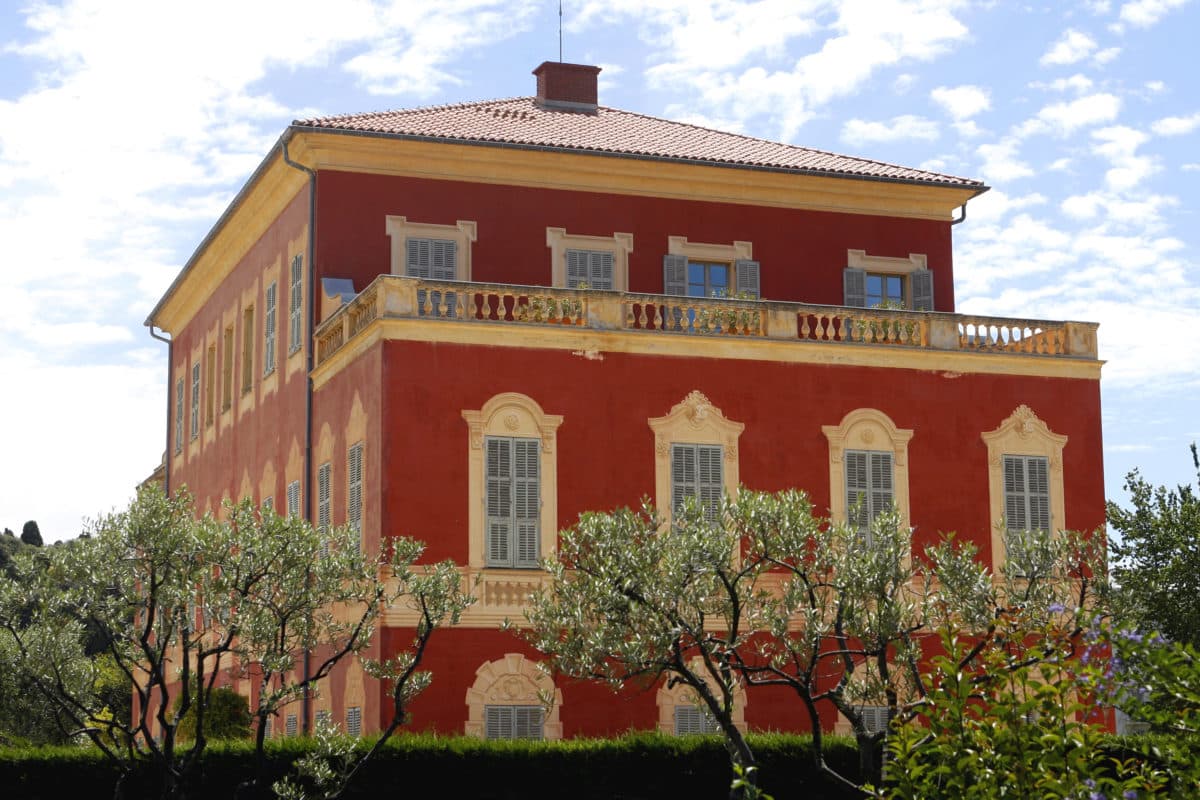
In 2023, the Matisse National Museum will be 60 years old. There is no doubt that a specific programme will celebrate this anniversary as it deserves.
The Matisse Museum is open every day except Tuesdays and some public holidays. More information here.
An extraordinary restoration of the gouache “Flowers and Fruit”.
For two years, the Matisse Museum has been conducting a vast research and restoration programme on the large gouache cut-out “Flowers and Fruit”. This masterpiece by Henri Matisse welcomes visitors as they enter the museum. The monumental painting is now presented in a display case tailored to its size. This new presentation has mobilized many experts at the international level.
A short documentary film traces this major project (video below).

In Cagnes-sur-Mer, at the home of his friend Renoir
Matisse liked to visit his friend Renoir in his peaceful house in Cagnes-sur-Mer (now the Renoir Museum).
Set in a garden planted with olive and orange trees, the Villa des Collettes was the last home of the Impressionist painter Auguste Renoir, who died on 3 December 1919.
The two artists liked each other and Matisse could not resist putting up his easel in Renoir’s garden. He produced several works there.
The Renoir Museum is open every day except Tuesdays and some public holidays. More information here

In Vence, his artistic testament
Fleeing the German threat, Henri Matisse moved away from Nice.
In June 1943, he settled in Vence, in the Villa Le Rêve.
The villa, with its 2500m² garden planted with trees and flowers, is located in a quiet residential area,
enjoying the sun from morning to evening and a view of the historic town of Vence and the sea. Matisse appreciated its flowered terrace and its garden with Mediterranean essences.
Matisse created major works there, including the famous “Nature Morte aux grenades”, “Nature Morte devant fenêtre au Palmier” and the “Grand intérieur Rouge” (visual opposite).

In 1947, the painter accepted a commission from a Dominican nun, a friend and former model who had posed for him. The nun asked him to make a stained glass window for the garage that served as the chapel of her congregation. At the age of 78, Matisse took the project to heart and decided to start a new construction. Wanting to create a total work of art, the master designed the entire chapel, from the very simple white architecture to the refined interior decoration, from the stained glass windows to the furniture and even half a dozen chasubles for the officiants. Begun in 1948, the Rosary Chapel was inaugurated on 25 June 1951. The artist later declared it to be his masterpiece and artistic testament.
Composed of three colours (yellow, green and blue), the large stained glass windows flood the whitewashed walls with light and the three large paintings in black lines on white ceramics evoke Saint Dominic, the Nativity and the Way of the Cross.
In Saint-Jean-Cap-Ferrat, at his publisher’s
Sensitive to the charms of Saint-Jean-Cap-Ferrat, Henri Matisse liked to visit his publisher who owned the Villa Natacha there. The painter created a stained glass window and a ceramic wall in the villa’s dining room. When Alice Tériade, the publisher’s wife, died, the entire foundation was sent to the Matisse Museum in Cateau-Cambrésis, the artist’s birthplace. The dining room, which only the couple’s close friends knew, is now identically reconstructed on the museum’s floor and visible to all.
Pierre Matisse (1900-1989), the painter’s son, is buried in the town’s cemetery. A famous art dealer, Pierre set up his own gallery in New York and worked to promote the works of modern artists, his father and his many friends.
(photo opposite: Henri Matisse and his publisher Alec Tériade in the gardens of the Villa Natacha)
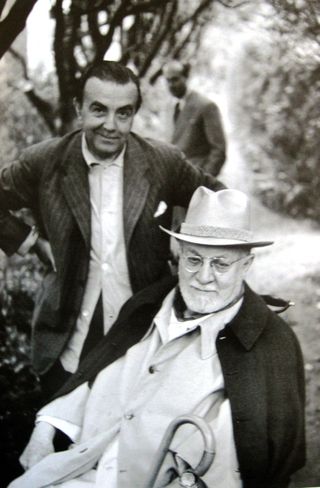
The Villa Natacha cannot be visited. But in Saint-Jean-Cap-Ferrat, another great artist has also left his mark. Don’t miss the visit of the Villa Santo Sospir, decorated by Jean Cocteau! After several years of renovation, the villa should reopen to the public very soon (end of 2023). More information here
“The artistic legacy of Henri Matisse is a blessing for all our visitors.
Follow in the footsteps of the master and discover the landscapes that so charmed him”


